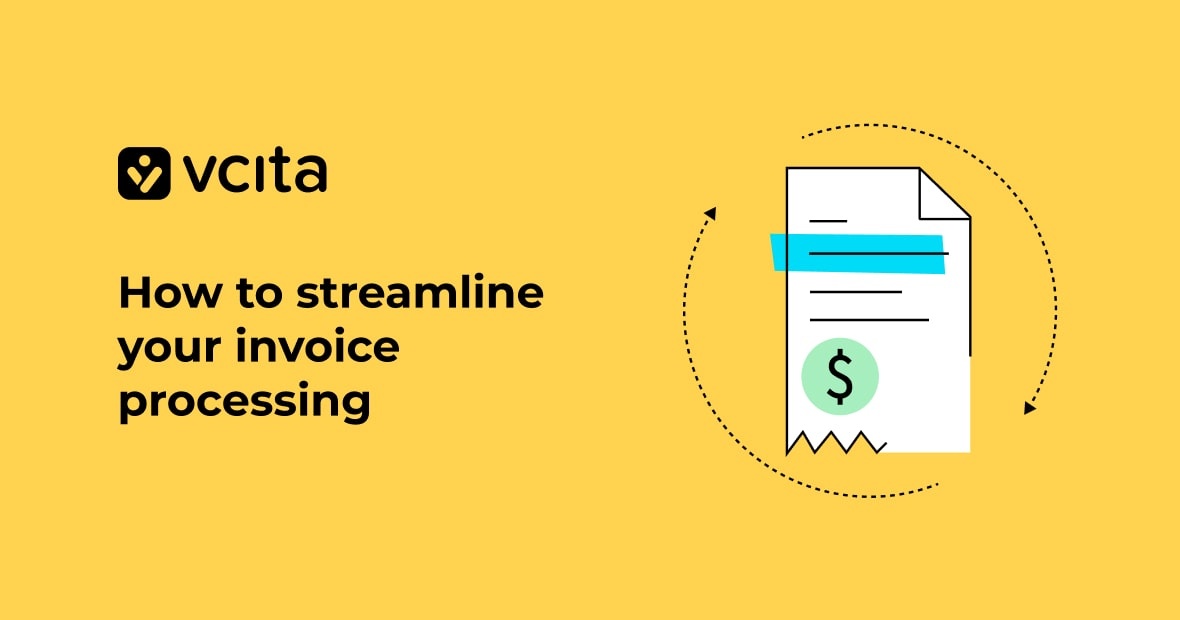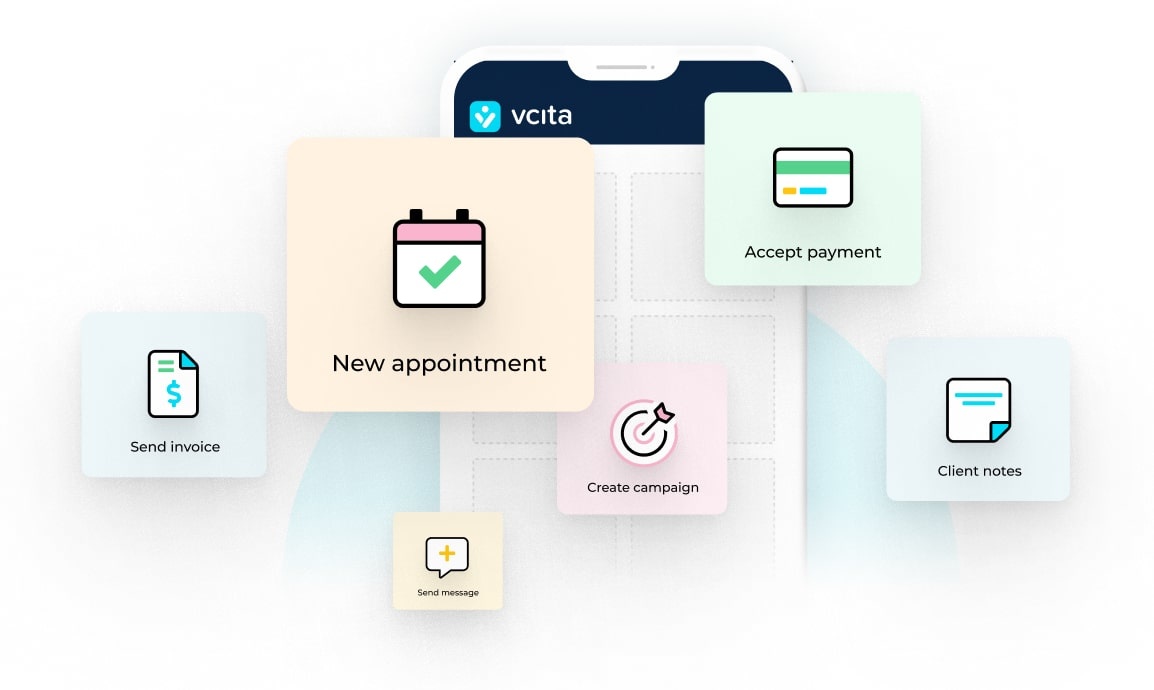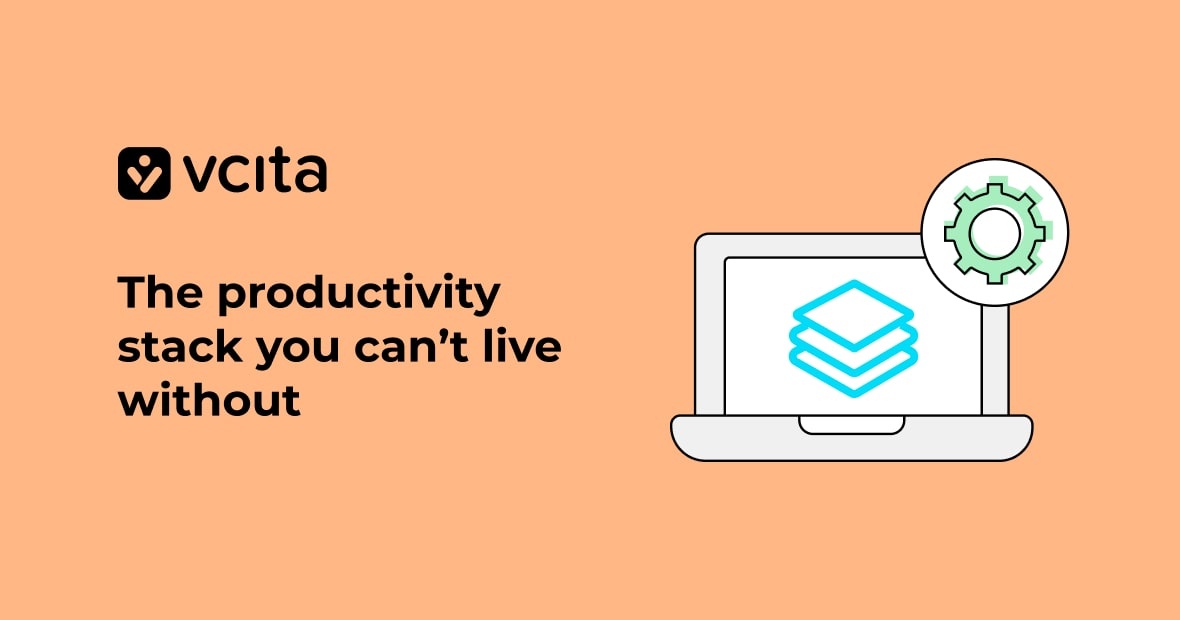Manual invoice management is more than just an inconvenience. It’s a barrier to growth for small businesses. Dealing with endless paperwork, tedious manual matching of invoices with purchase orders, and repetitive data entry is not only frustrating but expensive. Errors are frequent, causing delays, damaging supplier relationships, and negatively impacting your bottom line.
Small business owners need to know that invoice automation technologies have evolved dramatically, providing accessible and efficient solutions tailored even for small enterprises. This guide will show you exactly how to streamline your invoice processing workflow, boost operational efficiency, and ultimately enhance profitability.
Insights:
- Automating invoice processing reduces costly errors and operational inefficiencies.
- Streamlining invoice approval workflows strengthens supplier relationships.
- Digital invoice management enhances real-time visibility and audit trails.
- Replacing manual data entry with automated processes cuts down on processing time significantly.
- Implementing solutions like vcita can accelerate early payment discounts.
The hidden costs of manual invoice processing
If you’re still relying on manual invoice processing, you’re leaving money on the table. Manual procedures such as data entry, invoice matching, and approvals significantly increase the risk of errors that cost more time and money to fix. It also demands significant physical storage space, which incurs extra costs and administrative burdens.
Misplaced invoices, incorrect data, and delayed payments can quickly affect both cash flow and your relationship with suppliers. You could end up with repeated disputes with suppliers, encounter difficulties during financial audits, and/or miss opportunities for early payment discounts. These problems compound, creating inefficiencies that consume valuable time your team could spend on strategic tasks.
Additionally, manual processes lack transparency. Without real-time insights or a clear audit trail, you’re in the dark about your financial health. This absence of immediate visibility makes it challenging to take timely financial decisions and can slow down your entire business operation.
Why automation is your best friend
Switching to invoice automation is a game changer. It streamlines repetitive tasks, dramatically reduces errors, and enhances your ability to track and manage invoices in real time. Automation provides your business with digital records that create transparent and easily accessible audit trails, boosting overall accountability and accuracy.
Automated invoice processes also speed up approvals, significantly reducing processing time. Faster approvals mean quicker payments and improved cash flow, positioning your business to benefit from early payment discounts. This combination helps you build stronger, more reliable supplier relationships, which are crucial for sustained business growth.
Additionally, automating your invoice processing frees up valuable employee time, allowing staff to concentrate on customer service, sales, and other activities that directly contribute to your business’s growth and competitiveness. The cost savings are substantial, not just in labor but in fewer penalties, late fees, and lost vendor trust.
Practical steps to streamline your invoice processing
Integrating invoice automation into your existing workflow doesn’t have to be complicated. Here’s a clear, step-by-step approach to achieving operational efficiency through automation:
Step 1: Digitize your invoice data
If you still receive paper invoices, convert invoice data into digital format as soon as you receive them. Scanning or directly importing invoices eliminates manual data entry tasks. Optical Character Recognition (OCR) technology automates data extraction, reducing errors and freeing up valuable staff time. This also reduces the need for physical storage and allows for easy access and retrieval when needed.
Step 2: Automate invoice matching
Manually matching invoices with purchase orders is both tedious and error-prone. Automated matching software ensures high accuracy, quickly identifying discrepancies and resolving potential disputes early. This automation drastically reduces processing time and streamlines invoice approvals. Fewer discrepancies mean fewer hold-ups and more efficient workflows overall.
Step 3: Simplify your approval workflow
Manual invoice approval processes are notoriously slow. Use automation to accelerate them by instantly routing invoices to the correct approvers. Set real-time notifications and automated reminders to ensure that invoices are approved quickly and boost operational efficiency. This system also minimizes the chances of invoices being forgotten or buried in someone’s inbox.
Step 4: Centralize your invoice management
Centralizing invoice management gives you comprehensive visibility into your financial processes. A centralized digital dashboard provides real-time updates, clear audit trails, and easy identification of processing bottlenecks. By addressing issues proactively, you significantly reduce the risk of payment delays. Centralization also helps with budgeting, forecasting, and cash flow analysis.
Step 5: Continuously Improve and Optimize
Regularly reviewing and optimizing your automated invoice processing workflow is crucial. Analyze data to identify bottlenecks, frequently occurring errors, or delays. Adjusting your workflow based on these insights ensures continuous improvement, maintaining maximum operational efficiency. Your system should evolve as your business grows.
Choosing the right invoice automation solution
There are several effective invoice automation software solutions, each tailored to different business needs. Here are top choices you should consider:
vcita
vcita stands out as an ideal solution for small businesses seeking efficient invoice management. It effortlessly handles invoice creation, distribution, and tracking. With real-time visibility and automated payment reminders, vcita ensures timely payments and reduces errors. The platform significantly enhances operational efficiency and solidifies supplier relationships through consistent, reliable interactions. Unlike many tools, vcita is an all-in-one business management platform, making it easy to manage your clients, payments, and communication in one place.
vcita also provides a seamless customer experience. Clients can view invoices, make payments, and even schedule services directly from the branded client portal. This level of convenience improves client satisfaction and helps your business get paid faster.
FreshBooks
FreshBooks provides an intuitive invoicing solution ideal for freelancers and smaller businesses. Its simplicity ensures quick setup and easy invoice delivery. Real-time payment tracking and straightforward approval processes make FreshBooks a solid choice, though it lacks some of the more advanced integration features offered by vcita. It’s a great starting point for businesses looking to move away from spreadsheets and PDFs.
Zoho Invoice
Zoho Invoice is known for its robust automation capabilities. This software excels in digitizing invoice data, simplifying matching processes, and speeding up approvals. With a comprehensive audit trail feature, Zoho Invoice offers excellent transparency and ease of use. It’s well suited for businesses already using other Zoho products as part of their operations.
QuickBooks Online
QuickBooks Online integrates automation to reduce manual entry and streamline invoice management. Its detailed real-time reporting capabilities enhance financial visibility. However, it can be somewhat complex, making it better suited for businesses already comfortable with accounting software. The integration capabilities are strong, especially for businesses that also handle payroll, taxes, and expense tracking within the same ecosystem.
Additional tips for small business invoice automation success
- Set clear invoicing terms: Ensure your payment terms are clear and visible on every invoice. This reduces confusion and supports prompt payment.
- Standardize templates: Use consistent invoice formats to help clients recognize and trust your documents.
- Monitor metrics: Keep an eye on metrics like average payment time, overdue invoices, and invoice approval time. These numbers will help you improve efficiency over time.
- Use automated reminders: Don’t rely on memory to follow up with clients. Let your system handle reminders and overdue notices.
- Keep your team aligned: Make sure everyone involved in finance, operations, and client services understands your invoice processing workflow and their responsibilities.
Future trends in invoice processing
As AI and machine learning evolve, the next generation of invoice processing tools will likely include predictive insights. These tools may soon forecast cash flow more accurately, recommend optimal billing cycles, or even flag suspicious activity in real time. Staying ahead by investing in current automation will make adopting these innovations much easier.
Voice-based interfaces, mobile-first platforms, and tighter integrations with banking APIs will also become more common. For small businesses, these advances mean fewer hours spent on admin work and more time growing their core offering.
Final thoughts on invoice automation
In today’s competitive environment, embracing invoice automation is no longer optional, it’s essential. By adopting tools like vcita, FreshBooks, Zoho Invoice, or QuickBooks Online, your business can become leaner, more efficient, and far better positioned to thrive. Automating your invoice processing means reducing errors, saving valuable time, improving cash flow, and strengthening supplier relationships.




























